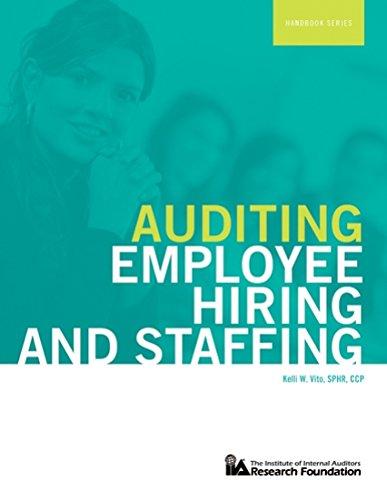

Business Description After taking business classes, Jake, an avid dog-lover, decided to start selling unique pet supplies at trade shows. He has two products: Product 1: "Launch-it"- a tennis ball thrower that will sell for $10. Product 2: "Treat-time"- an automatic treat dispenser that releases a treat when the dog places his paw on the pedal. The treat dispenser will sell for $30. Costs: Jake has hired an employee to work the trade show booths. The work contract is $1,000 per month plus a commission equal to 10% of revenue. Jake will also spend $500 per month on trade-show entry fees. Jake is purchasing the products from a supplier in Mexico. Launch-its cost \$1 each; Treat-times cost \$7 each. Shipping and handling on the Launch-its will cost \$2 each; Shipping and handling on the Treat-times, which are heavier, will cost $8 each. The shipping and handling costs will be paid by Jake, not the customer. Assume Jake expects to sell 200 Launch-its and 100 Treat-times during his first month of operations (June). Jake's financial goal is to earn an operating income of $8,000 per month. He believes volume may grow at a rate of 5% a month. 2. Save a copy of your original model to a new spreadsheet called "new sales mix". Say the monthly sales volume is now expected to be 175 "Treat-times" and 125 "Launch-its" (same total units, but a different sales mix). What is the new operating income? What is the new WACM/unit? Given this sales mix, how many units (in total) will Jake need to sell to earn his target profit? Briefly explain your findings to the client. 3. Save a copy of your original model to a new spreadsheet called "alternative contract". Say Jake's employee wanted to negotiate a different work contract: \$1,500 per month plus 5% of revenue. Given his original sales volume and mix, how would this contract have changed Jake's operating income? What is the new operating leverage factor? What is the new expected percentage change in operating income if volume increases as expected in the future? Briefly explain your findings to the client. Business Description After taking business classes, Jake, an avid dog-lover, decided to start selling unique pet supplies at trade shows. He has two products: Product 1: "Launch-it"- a tennis ball thrower that will sell for $10. Product 2: "Treat-time"- an automatic treat dispenser that releases a treat when the dog places his paw on the pedal. The treat dispenser will sell for $30. Costs: Jake has hired an employee to work the trade show booths. The work contract is $1,000 per month plus a commission equal to 10% of revenue. Jake will also spend $500 per month on trade-show entry fees. Jake is purchasing the products from a supplier in Mexico. Launch-its cost \$1 each; Treat-times cost \$7 each. Shipping and handling on the Launch-its will cost \$2 each; Shipping and handling on the Treat-times, which are heavier, will cost $8 each. The shipping and handling costs will be paid by Jake, not the customer. Assume Jake expects to sell 200 Launch-its and 100 Treat-times during his first month of operations (June). Jake's financial goal is to earn an operating income of $8,000 per month. He believes volume may grow at a rate of 5% a month. 2. Save a copy of your original model to a new spreadsheet called "new sales mix". Say the monthly sales volume is now expected to be 175 "Treat-times" and 125 "Launch-its" (same total units, but a different sales mix). What is the new operating income? What is the new WACM/unit? Given this sales mix, how many units (in total) will Jake need to sell to earn his target profit? Briefly explain your findings to the client. 3. Save a copy of your original model to a new spreadsheet called "alternative contract". Say Jake's employee wanted to negotiate a different work contract: \$1,500 per month plus 5% of revenue. Given his original sales volume and mix, how would this contract have changed Jake's operating income? What is the new operating leverage factor? What is the new expected percentage change in operating income if volume increases as expected in the future? Briefly explain your findings to the client








